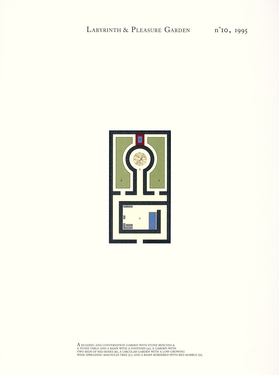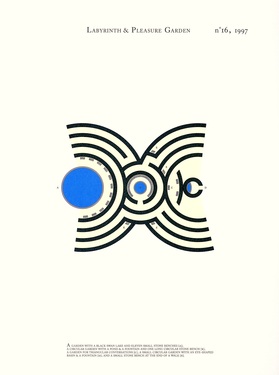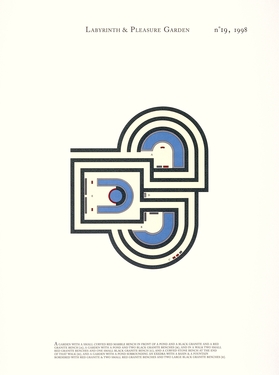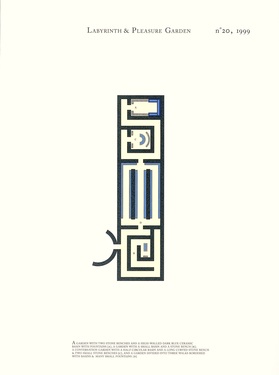During the cultural city festival Antwerp Baroque 2018. Rubens Inspires, the M HKA, the Museum of Contemporary Art Antwerp, juxtaposes the spirit of the baroque masters with the vision of contemporary top artists. With the exhibition Sanguine/Bloedrood (Blood Red), curator Luc Tuymans aims to overwhelm the visitor by placing key works from the baroque of, among others, Francisco de Zurbarán and Caravaggio, in dialogue with works by classical contemporary masters, such as On Kawara and Edward Kienholz, as well as new works by contemporary stars such as Zhang Enli, Takashi Murakami, Michaël Borremans, Sigmar Polke and Tobias Rheberger.
Jan Vercruysse
M HKA owns 13 prints from Jan Vercruysse's extensive series Labyrinth & Pleasure Garden, which consists of designs for gardens and parks in the public sphere. An overarching theme within Vercruysse's oeuvre is the place of art and the artist in society. In this series, this theme crystallizes in a very concrete way: the origin of these proposals lies in a discussion about the possibility and meaning of placing contemporary art in parks and on squares. All designs come with measurements and intended materials, proof that Vercruysse sees his proposals als realistic and not as hypotheses. At this point, two of the proposals have been realised: #10 in Clarholz, Germany, and #23 in Knokke, Belgium. Vercruysse emphasizes that his gardens are not projects of landscaping and have to be seen as works of art. He creates his designs without consideration for the space surrounding the gardens. In this way, they are hermetic places, not directly in contact with the world outside. Like his Atopies and Rooms, Vercruysse's pleasure gardens can be seen as attempts at creating secluded opportunities for beauty, quiescence and reflection.
'My gardens are not meant to fuse with a landscape. They want to manifest themselves distinctly and it is fine to experience them as something artificial. (...) As an artist I don't have to take anything or anyone into account. I start with the feeling the garden has to evoke: should it be a friendly or an unfriendly garden, a hard or a soft one, a very closed garden or a more open one, a simple or a complicated one? The end result is not always unambiguous.' - Jan Vercruysse













